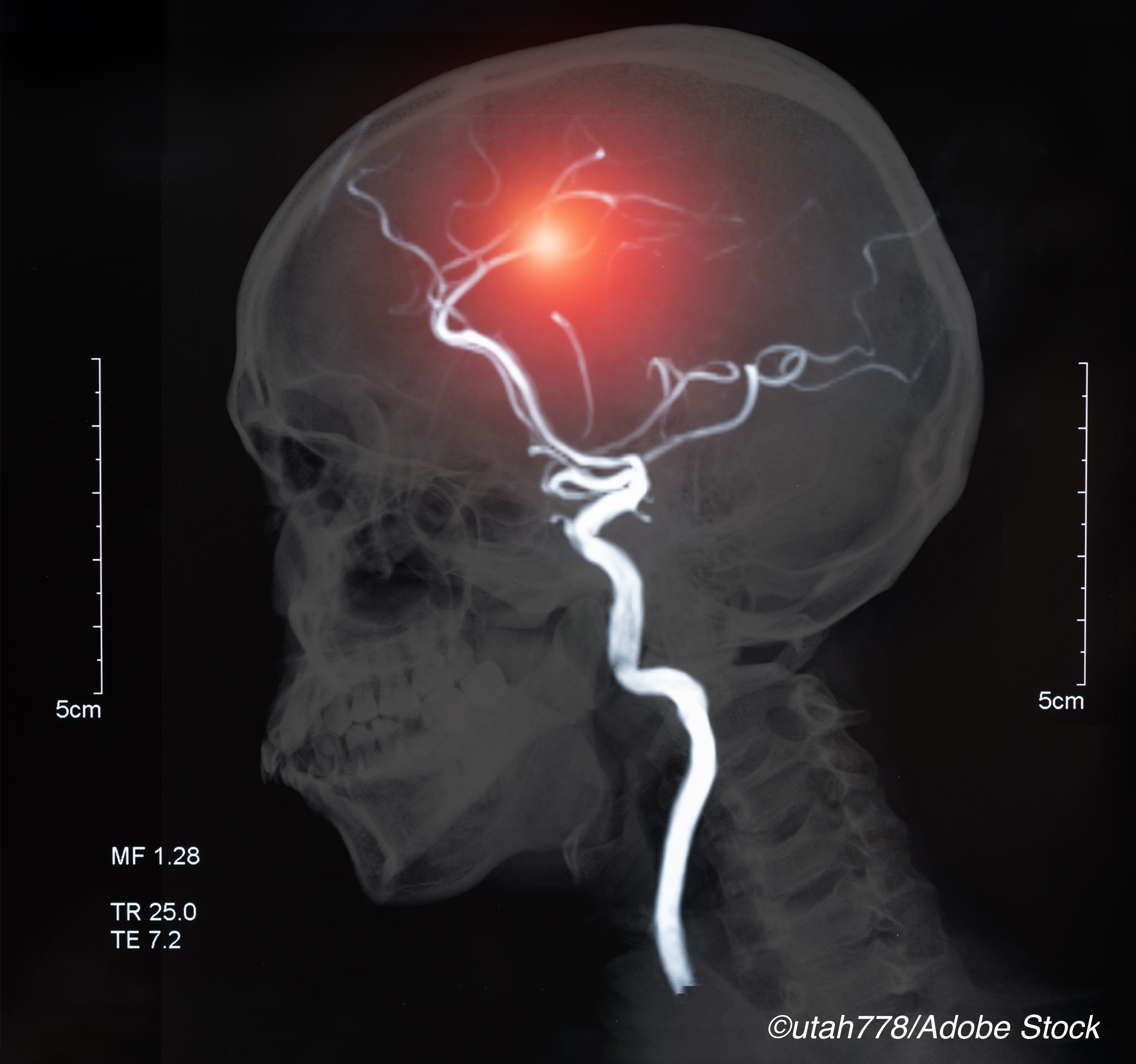
Numerous randomized clinical trials have demonstrated the benefits of mechanical thrombectomy in strokes due to large-vessel occlusion, but — importantly — were conducted in countries with higher resources.
“Despite the positive results of the previous trials, the Brazilian government determined that the costs of thrombectomy are high and that its efficacy and cost-effectiveness are unproven in the limited resources of the health care system of that country. However, the government agreed to fund a clinical trial to assess whether the treatment should be incorporated into the Universal Public Health Care System,” wrote investigators, led by S.O. Martins, MD, of the Hospital de Clínicas de Porto Alegre, Porto Alegre, Brazil.
“This trial represented a collaborative effort by the government and academic physicians to study the feasibility, efficacy, and cost-effectiveness of thrombectomy for stroke in the public health care system of a developing country.”
In the multicenter, prospective, randomized, open-label, controlled Randomization of Endovascular Treatment with Stent-retriever and/or Thromboaspiration versus Best Medical Therapy in Acute Ischemic Stroke due to Large Vessel Occlusion Trial (RESILIENT), these researchers assessed the safety and efficacy of thrombectomy in 12 public hospitals in Brazil.
They included 300 patients with a proximal intracranial occlusion in the anterior circulation treatable within 8 hours of stroke symptom onset. Seventy-nine patients underwent thrombectomy during the open-label phase, and the remaining patients were randomized 1:1 to mechanical thrombectomy plus standard care (n=111) or standard care alone (n=110).
Thrombectomy was performed using the Solitaire RF stent retriever or Penumbra aspiration system. When necessary, both angioplasty and stenting of the cervical internal carotid artery were possible. Standard medical care was care following the guidelines of the Brazilian Stroke Society and the American Heart Association.
Median NIHSS score at the time of stroke was 18. Baseline characteristics were similar in both groups, but more subjects in the control group had hypertension, diabetes, and current or past smoking status. More patients in the thrombectomy group had a baseline score of >0 on the modified Rankin scale.
The study was ended early due to the efficacy of thrombectomy. All analyses were conducted on intention-to-treat principle.
Martins et al assessed disability at 90 days via the distribution of scores on the modified Rankin scale. Better score distribution in the modified Rankin scale was 2.28 (95% CI: 1.41-3.69; P=0.001), in favor of thrombectomy.
In all, 35.1% of patients treated with thrombectomy had an absence of or only minor neurologic deficits, compared with 20.0% in those treated with standard therapy alone (difference: 15.1 percentage points; 95% CI: 2.6-27.6). The number of patients with dramatic neurologic improvement at 24 hours did not differ significantly between the thrombectomy and control groups (31.4% versus 24.1%, respectively; OR: 1.45; 95% CI: 0.79-2.67).
Functional independence at 90 days occurred in 35.1% of patients in the thrombectomy group, compared with 20.0% of those in the control group (OR: 2.55; 95% CI: 1.34-4.88).
In all, 82.0% of those treated with thrombectomy achieved substantial reperfusion (≥50%) of affected region). Symptomatic intracranial hemorrhage occurred in 4.5% of patients in both groups, while asymptomatic intracranial hemorrhage occurred in 51.4% of the thrombectomy group, compared with 24.5% of those treated with standard care (OR: 3.24; 95% CI: 1.77-6.01).
Ninety-day mortality was 24.3% in the thrombectomy group, compared with 30.0% in the control group (HR for death: 073; unadjusted 95% CI: 0.45-1.19).
Finally, Martins and colleagues found that per-patient costs were $8,066.85 higher in patients treated with thrombectomy and standard care compared with standard care only.
Rajan R. Gadhia, MD, a vascular neurologist at Houston Methodist Hospital and Eddy Scurlock Stroke Center, Houston, TX, commented on these results and the design of RESILIENT overall:
“The study was a well-designed multicenter, prospective, randomized, open-label, controlled trial with blinded central evaluation of stroke patient outcomes. The trial included an open-label roll-in phase for participating sites that had minimal or no previous experience with thrombectomy, however these patients were not included in the primary analysis of results. The trial was stopped early after a pre-specified interim analysis showed results that demonstrated early efficacy, and under recommendations of the steering committee and safety monitoring board, ended enrollment. Given the randomized trial design with independent and blinded outcomes’ investigators, the results can be interpreted at face value as presented; however, a head-to-head comparison with previously conducted trials is unlikely given the differences in inclusion and exclusion criteria, as well as the differing statistical analyses used to interpret results.”
The take-home message for clinicians is clear.
“Despite most of the current randomized controlled data looking at thrombectomy outcomes in acute stroke patients having been completed in high-resource countries with robust healthcare systems, the feasibility, safety, and efficacy of thrombectomy are likely generalizable to patients in developing/low-resource countries,” Gadhia told BreakingMED.
“This study is an important step in assuring that despite the global healthcare disparities that exist socially, economically, and geographically, the generalizability of powerful therapies such as thrombectomy still remains robust. The cost-effectiveness of different therapies can be variable by region, however the overwhelming burden of cost associated with the morbidity and mortality that results from disabling stroke is likely similar regardless of geographic location,” he concluded.
-
The addition of endovascular treatment to standard care within 8 hours of the onset of symptoms of stroke brings about better outcomes compared with standard care alone.
-
Results of the RESILIENT trial, conducted in Brazil, support the superiority of endovascular treatment for stroke in a developing country.
E.C. Meszaros, Contributing Writer, BreakingMED™
The study was funded by the Brazilian Ministry of Health.
Martins reported receiving lecture fees from Bayer, Medtronic, and Pfizer and advisory board fees and lecture fees from Boehringer Ingelheim.
Cat ID: 130
Topic ID: 82,130,730,308,6,745,8,914,130,38,748,192,925


